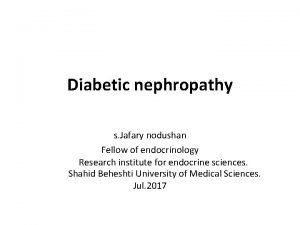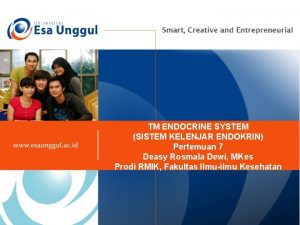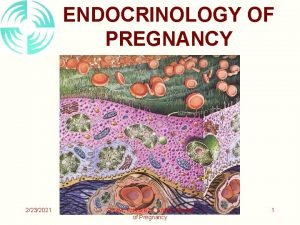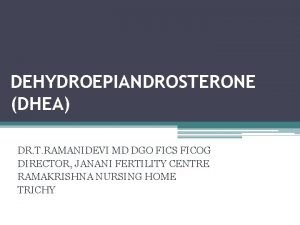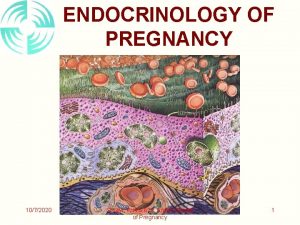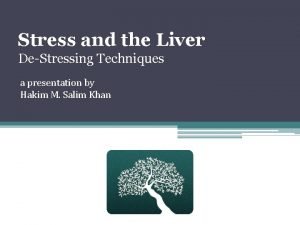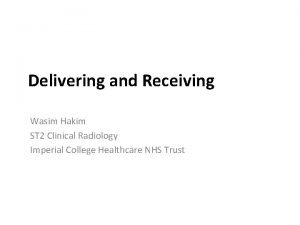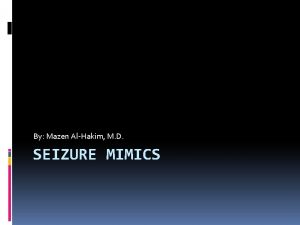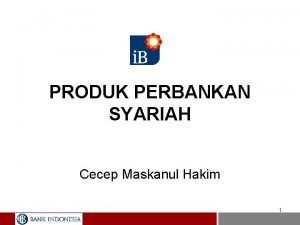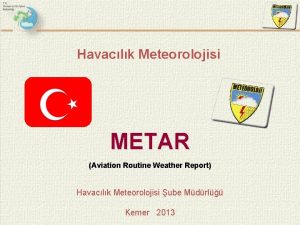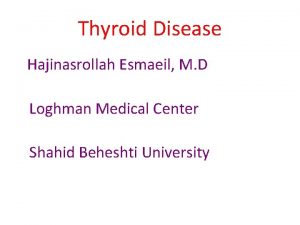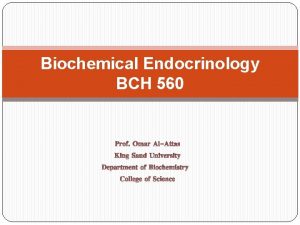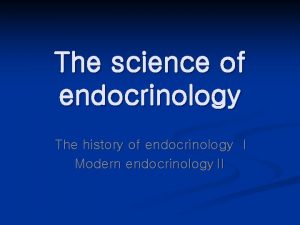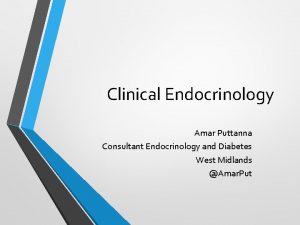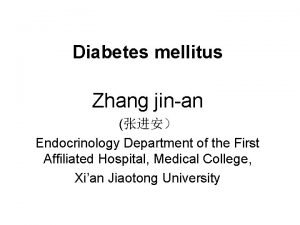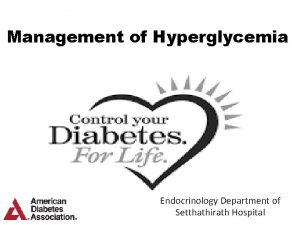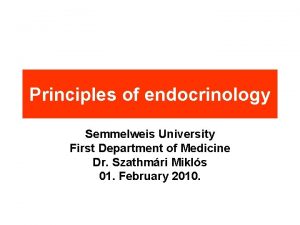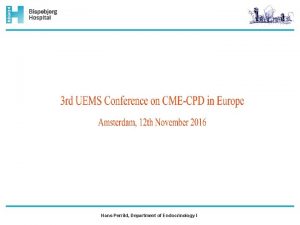Dr Zahra Davoudi Endocrinology department of Loghman Hakim




















- Slides: 20


Dr. Zahra Davoudi Endocrinology department of Loghman Hakim Hospital, Shahid Beheshti University of Medical Sciences

Unusual case of Acromegaly

Case presentation A 22 -year-old female presented to the endocrinology clinic with CC: : Ø Weight gain Ø Menstrual disorder (oligomenorrhea)since 1 year ago The menstruation onset age was 13 years old has been regular since the beginning Ø Excessive body hair (hirsutism), Ø Hair loss

Physical Examination Ø Vital sign was stable, Ø weight: 66 kg, height: 164 cm, BMI: 23. 68, Ø The Ferriman-Gallwey score for hirsutism was> 15 Ø Frontal region hair loss, thin hair, Ø Acanthosis nigricans behind the neck Ø There was no finding in favor Cushing syndrome

History of recent rhinoplasty (persistent nasal edema after surgery)

According to the hyperandrogenism feature and mensturation disorder, And history of recent rhinoplasty and (no other signs and symptoms related to acromegaly) For R/O polycystic ovarian disease (PCOD) and other related disorder lab tests (IGF 1) and pelvic sonography were requested

Results of lab tests : § FSH: 5 IU/L, § LH: 14 IU/L, § Testosterone: 0. 59 ng/ml, § 17 OHP: 1. 2 ng/ml, § TSH: 2. 6 m. IU/l, T 4: 8 ug/dl § PRL: 450 m. Iu/m. L § Insulin level: 12. 5 μIU/ml, , FBS: 74 mg/dl § IGF 1: 1140 ng/ml Pelvic sonography: : : PCOD

Repeat lab test

Pituitary MRI

Patient with diagnosis of Acromegaly was candidate for endoscopic trans sphenoidal surgery(ETSS). Pathology reports shown: : Pituitary adenoma 0. 7× 0. 5× 0. 2 cm KI 67 : 4 -5% P 53 : negative GH : positive PRL : negative

3 moths after surgery, DH: negative Mensturation : : NL persistent Acromegaly

Post op MRI : : Resisue at right side

ØHow to define controlled in acromegaly? Resolution of symptoms and signs, Normalization of age-adjusted IGF 1, Random GH <1 ng/ml Restoration of GH suppressibility after glucose load (<0. 4 ng/ml) A Consensus on Criteria for Cure of Acromegaly, jcem 2010

Acromegaly Clinical Practice Guidelines J Clin Endocrinol Metab, 2014

A Consensus Statement on acromegaly therapeutic outcomes Shlomo Melmed 1*, Marcello D. Bronstein 2…Springer Nature… 2018

Patient was treated with sandostatin 20 mg After 3 months § GH base: 0. 4 ng/ml § IGF 1: 280 ng/ml §

In summary Presentation of patient § With hyperendrogenism feature and menstrual disorders which the most prevalent differential diagnosis was PCOD. According to history of recent rhinoplasty and high IGF 1 in lab tests: ; ; ; , we thought about acromegaly and Early diagnosis pituitary adenoma).

In summary Secondary PCOD is common in patients with acromegaly. § PCOD related to acromegaly is due to the direct effects of GH , IGF 1 on ovary and is independent of LH as opposed to classical PCOD. § Hyperandrogenemia is due to decreased SHBG, insulin resistance, hyperinsulinemia, and increased ovarian steroidogenesis. §

Thanks for your attention
 Zahra davoudi
Zahra davoudi Park nicollet pediatric endocrinology
Park nicollet pediatric endocrinology Endocrinology
Endocrinology Endocrinology medical term
Endocrinology medical term Endocrinology of pregnancy
Endocrinology of pregnancy Reproductive biology and endocrinology
Reproductive biology and endocrinology Endocrinology of pregnancy
Endocrinology of pregnancy Reproductive endocrinology near campbell
Reproductive endocrinology near campbell Dedi budiman hakim
Dedi budiman hakim Hakim salim khan
Hakim salim khan Wasim hakim
Wasim hakim Caller saved vs callee saved
Caller saved vs callee saved Hakim isa
Hakim isa Wasyawirhum fil amri
Wasyawirhum fil amri Manda ve himaye ilk kez hangi kongrede reddedildi
Manda ve himaye ilk kez hangi kongrede reddedildi Dr mazen al hakim
Dr mazen al hakim Cecep maskanul hakim
Cecep maskanul hakim Hakim abdul hameed
Hakim abdul hameed Cs6410
Cs6410 Hakim boulouiz
Hakim boulouiz Dddffff
Dddffff


